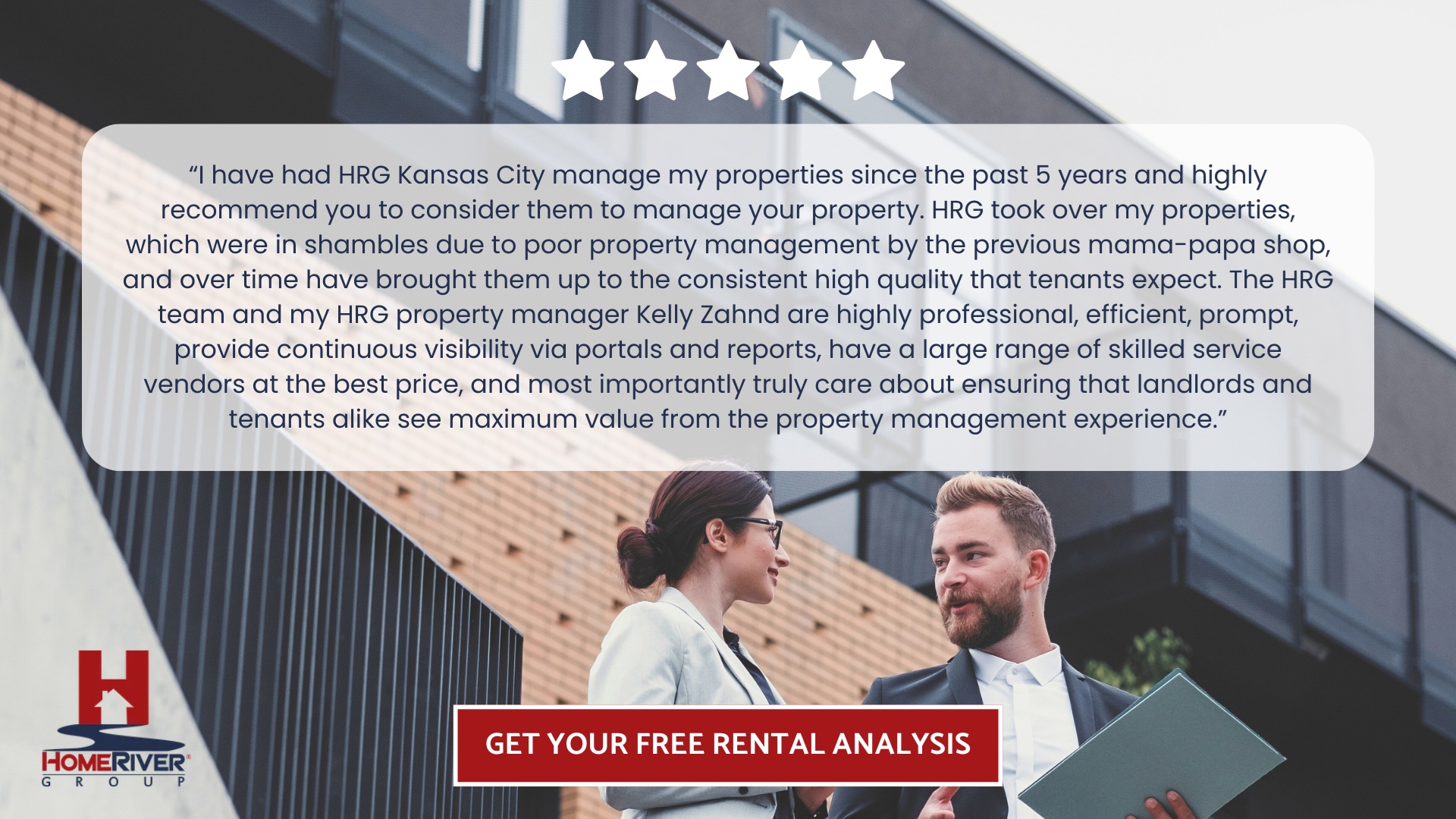
At HomeRiver Group, we turn real estate complexity into clarity. Whether expanding your portfolio or optimizing your finances, our expert team delivers nationwide strength with local know-how. From property management to strategic financial insights, we help you make smarter decisions every step of the way. With industry-leading technology and personalized service, we’re the partner you can trust to protect and grow your investments efficiently, intelligently, and profitably.
Wondering is a HELOC a second mortgage? You’re not alone. Many homeowners confuse the two—both involve borrowing against your home’s equity, but work very differently. Whether planning a renovation, consolidating debt, or tapping equity for another purpose, understanding how a HELOC compares to a traditional second mortgage is essential. Before choosing the right option, it’s worth exploring the structure, repayment terms, and flexibility each provides—so you can align with your long-term financial goals.
In this blog, we will explore the core differences between a HELOC and a traditional second mortgage, how each one works, their pros and cons, and how to determine which option best supports your financial and property goals.
Key Differences Between HELOCs And Second Mortgages
While a Home Equity Line of Credit (HELOC) is technically a type of second mortgage, it’s essential to understand how it stands apart from a traditional second mortgage. Both options let you tap into your home’s equity, but they work in unique ways, and those differences can impact everything from your monthly payments to how you access your funds.
A traditional second mortgage, often called a home equity loan, gives you a lump sum upfront. You receive a fixed amount and start paying it back immediately with set monthly payments. A HELOC, on the other hand, functions more like a credit card. You’re approved for a maximum credit limit and can draw funds as needed during the draw period, usually 5 to 10 years.
With a home equity loan, you typically have a fixed interest rate and predictable payments for the life of the loan. HELOCs generally feature variable interest rates and flexible payment options. For most of the draw period, you might pay only interest on what you borrow, with principal repayment kicking in later.
Home equity loans usually have fixed interest rates, meaning your monthly payment won’t change. HELOCs, however, are notorious for their variable rates. Payments can rise or fall depending on market conditions, making it essential to plan for potential fluctuations.
A home equity loan might be ideal if you need funds for a single, considerable expense—like a renovation or debt consolidation—due to its lump-sum nature. If you want access to cash over time, whether for ongoing projects or emergencies, a HELOC’s revolving credit line offers more flexibility. This can be especially useful when managing rental properties or planning long-term investments, where understanding cap rates for rentals becomes critical in evaluating returns.
With a traditional second mortgage, you receive all funds once when the loan closes. With a HELOC, you withdraw money as needed up to your approved limit, using checks, a credit card, or transfers—whatever’s easiest for your situation.
Understanding these distinctions can help you decide which option best aligns with your financial plans and long-term homeownership goals.
Pros And Cons Of HELOCs
When exploring whether a HELOC is a second mortgage, it is essential to weigh the advantages and limitations of these financial products.
Here’s a breakdown of the key pros and cons:
Pros
Flexible Access to Funds: A HELOC allows you to draw money as needed, rather than receiving one lump sum. This revolving credit line works like a credit card secured by your home’s equity.
Potentially Lower Interest Rates: Since your home serves as collateral, HELOCs typically offer lower interest rates than unsecured credit options like personal loans or credit cards.
Interest-Only Payments During Draw Period: Many HELOCs permit interest-only payments for an initial period, keeping your monthly obligations relatively low.
Use For Any Purpose: HELOC funds can be used for everything from home improvements and debt consolidation to unexpected expenses, offering significant financial flexibility. This can also be advantageous if you manage investment properties and learn about the property management agreement basis for efficient operations.
Pay Interest Only On What You Use: Unlike a traditional second mortgage, you’re only charged interest on the amount you borrow, not the total credit line available.
Cons
Variable Interest Rates: Unlike many fixed-rate second mortgages, most HELOCs have variable rates. Your payments could increase if interest rates rise over time.
Risk To Your Home: Because your house is used as collateral, falling behind on HELOC payments can put your property at risk of foreclosure.
Potential For Overspending: The flexible access to cash is convenient but may tempt you to borrow more than you need, leading to higher debt.
Fees & Closing Costs: Some lenders charge annual fees, transaction fees, or closing costs, which can add up and cut into your available funds.
Possible Reduction In Home Equity: As you borrow against your home’s equity, you reduce the stake you have in your property, which can affect future refinancing or selling plans.
Understanding the full spectrum of HELOC advantages and drawbacks gives you the context to determine if this lending option aligns with your financial goals and homeownership plans.
Pros And Cons Of Second Mortgages
Second mortgages, whether as a home equity loan or an HELOC, can be powerful financial tools when used strategically. That said, they aren’t the right fit for every situation.
Here’s what you need to know before making a move.
Pros
Access to Large Sums of Cash: One of the biggest draws is the ability to borrow substantial amounts of money—often much more than what a typical personal loan allows—since your home serves as collateral.
Lower Interest Rates: Because your property secures the loan, interest rates are generally lower than those of unsecured credit cards or personal loans.
Flexibility: Particularly with HELOCs, you get a revolving line of credit. That means you can borrow, repay, and borrow again throughout the draw period as needed.
Deductible Interest: In some cases, interest paid on a second mortgage may be tax-deductible if the funds are used to improve your home. (It’s always best to consult a tax adviser for specifics.)
Cons:
Risk to Your Home: The stakes are high—if you fall behind on payments, you risk foreclosure on your property, just like with your first mortgage.
Additional Monthly Payment: You’ll be taking on a second monthly payment, which can strain your budget if not managed properly.
Fees & Closing Costs: Second mortgages can have their own set of fees, appraisals, and closing costs, which can reduce the total funds you receive.
Variable Rates: Many HELOCs have variable interest rates. This means your payments could increase unexpectedly if market rates rise.
Understanding both sides of the equation is vital before leveraging your home’s equity for cash. Every property and financial situation is unique, so weigh these factors against your own objectives and risk tolerance.
How To Apply For A HELOC Or Second Mortgage
Whether you aim to tap into your home’s equity for renovations, debt consolidation, or unexpected expenses, understanding the application process for a Home Equity Line of Credit (HELOC) and a second mortgage is crucial.
Here’s what you need to know before moving forward:
Assess Your Equity
Start by reviewing how much equity you have in your property. Lenders usually require at least 15-20% equity in your home to qualify for either a HELOC or a second mortgage. For both products, your home's value and your current mortgage balance play a key role in determining eligibility and loan amount.
Check Your Credit And Finances
Both options will involve a thorough review of your credit score, income, and overall financial health. The better your credit, the more favorable your interest rates will likely be. Be prepared to provide documentation such as pay stubs, tax returns, and information about your debts and assets. Also, be cautious if you plan to rent out your house without notifying the lender—this can violate loan terms and affect your eligibility or trigger penalties.
Compare Offers
Research and compare lenders for terms, rates, and closing costs. HELOCs often have variable rates; second mortgages typically carry a fixed rate. Weigh the pros and cons of each based on your financial goals.
Application Process
Once you’ve chosen a lender and product, complete the application and submit all required documents. The lender will arrange for a home appraisal to verify the current market value of your property.
Underwriting And Approval
The lender will scrutinize your financial background and the property’s value during underwriting. This step may require additional paperwork or clarification. After approval, you’ll receive closing disclosures outlining the loan’s terms and fees.
Closing And Accessing Funds
For a HELOC, you’ll get access to a line of credit, which you can draw from within the draw period. With a second mortgage, you’ll receive a lump-sum payout at closing, followed by a fixed repayment schedule.
Is A HELOC Considered A Second Mortgage?
When asking, "Is a HELOC a second mortgage?" it’s essential to understand these terms. A second mortgage refers to any loan secured by your home that’s in second position behind your primary mortgage. This could include a home equity loan or a HELOC.
How A HELOC Works
A HELOC gives you access to a revolving line of credit, secured by the equity you've built in your house. Since it’s not your primary mortgage, but rather a loan based on your home's current equity, the HELOC is considered a second mortgage in most financial discussions. Despite the technical terminology, the key factor here is lien position — your existing mortgage holds the first lien, and the HELOC comes second.
Why Lien Position Matters
Why does this matter? Second mortgages, including HELOCs, typically carry slightly higher interest rates and may come with different terms or risks than your original mortgage. If your primary mortgage is paid off first in the event of foreclosure, any remaining funds go toward the second mortgage, meaning lenders take on more risk, influencing the terms they offer.
Final Thoughts
When exploring options to leverage your home’s equity, it’s essential to understand the differences between a HELOC and a second mortgage. While both provide access to your equity, a HELOC offers flexibility through a revolving line of credit, whereas a traditional second mortgage delivers a lump-sum payment with set terms. This distinction is critical in aligning your financing with your current and future homeowner, renter, or property investor needs.
At HomeRiver Group, informed decisions are the foundation of successful property management and investment. By understanding whether a HELOC is considered a second mortgage, you empower yourself to choose the financing path that best fits your goals, whether renovating, consolidating debt, or expanding your real estate portfolio.
Choosing the right financial strategy can open new doors for your property ambitions. Let HomeRiver Group stand by your side, helping you confidently make sense of your options and achieve your real estate goals.
Read also:
Frequently Asked Questions About Is A HELOC A Second Mortgage
Is a HELOC the same as a second mortgage?
No—they’re not exactly the same, even though they're often mentioned together. A Home Equity Line of Credit (HELOC) is a type of second mortgage, but not all second mortgages are HELOCs. A HELOC lets you borrow against your home’s equity as needed, while a second mortgage is any loan secured by your home after your first mortgage.
What is a second mortgage?
A second mortgage is a loan you take out using your home as collateral and your primary mortgage. This can come in two main forms: a lump sum loan or a line of credit (like a HELOC). It’s called a “second” mortgage because it's subordinate to your first mortgage in case of default.
How does a HELOC work?
A HELOC functions more like a credit card: You’re approved for a credit limit based on your home equity, and you can draw funds as you need them, up to that limit. You pay interest only on what you use, and as you pay it back, you can borrow again during the draw period. It’s flexible, and you control when and how much to borrow.
What are the main differences between a HELOC and a second mortgage?
The key difference is in how you access the funds. With a second mortgage (also called a home equity loan), you receive a lump sum upfront and repay it in fixed installments. With a HELOC, you have a credit line you can draw from as needed, with variable payments that adjust based on how much you borrow.
What are the interest rates for HELOCs vs. second mortgages?
HELOCs usually have variable interest rates, which can fluctuate over time. Traditional second mortgages or home equity loans typically offer fixed interest rates, locking in your monthly payment. The rate you receive depends on your credit score, home equity, and the lender’s terms.
Can you have a HELOC and a second mortgage at the same time?
Yes—you can have both simultaneously, as long as you qualify based on your home’s value and your financial profile. Your total borrowings, including the first mortgage, cannot exceed your home’s equity limits as set by your lender.











